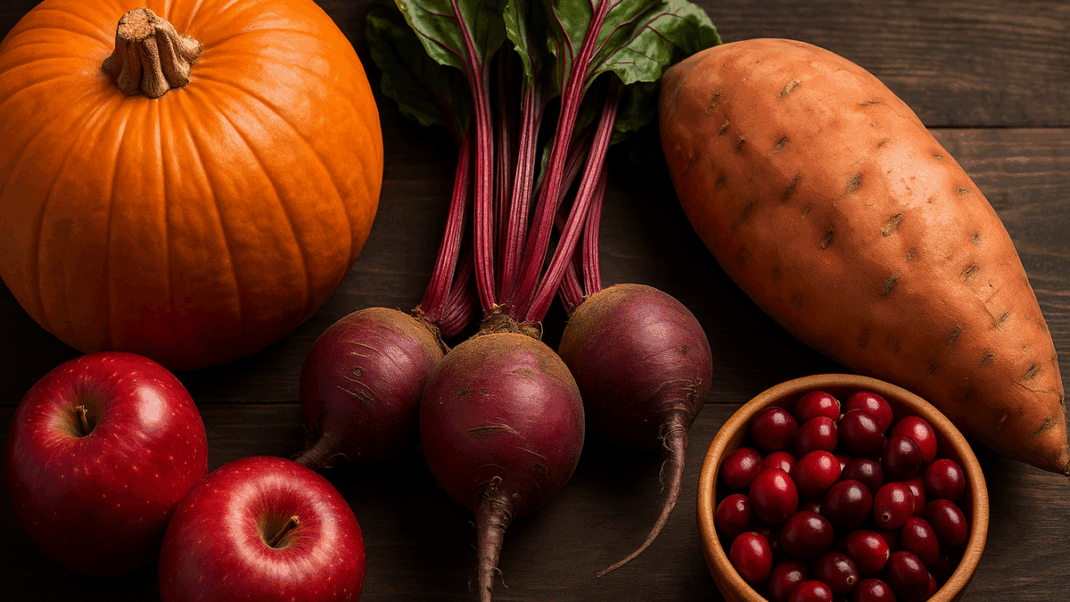Ask the RD: What’s the Story on Complete and Incomplete Proteins?
Find out whether it's necessary to do the math on complete and incomplete proteins.

Question
What’s the story on complete and incomplete proteins? Do I need to combine plant proteins to get enough?
Answer
These are important questions, given our current obsession with protein, and the answer may surprise you. In short, thinking about protein as complete or incomplete is an idea that many nutrition scientists believe we should do away with (Katz et al. 2019).
But first, the backstory. Proteins are made of amino acids. In human nutrition, there are 20 important amino acids, of which nine are “essential” because the body can’t make enough (or any) of them. So you need to get essential amino acids from food in order to make muscle, bone, antibodies, some hormones and lots of other body proteins. That’s a fact.
All foods contain some of the nine essential amino acids, but some foods have them in proportions that are optimal for making body proteins. These are considered “complete” protein sources, and they include animal proteins and a few plant foods like soybeans. Foods such as grains or beans that are limited in one or more of the essential amino acids are considered “incomplete.” Grains, for example, are high in the essential amino acids methionine and cysteine but lower in lysine. Legumes are relatively low in methionine and cysteine but high in lysine. Together, rice and beans—or any grain-legume combination—provide all nine essential amino acids, so these foods are considered “complementary.”
But is it really necessary to do this protein math? Actually, no. The best evidence for this is that vegetarian and vegan diets supply plenty of protein and essential amino acids so long as they include a variety of plant foods and enough calories (AND 2016). Further, most Americans have no problem meeting their protein needs (Berryman et al. 2018). It doesn’t seem to matter whether you eat rice in the same meal with beans or just generally eat a good variety of nutritious foods. So rather than focusing on amino acids, we would be better off considering other nutrients, like saturated fat and fiber, and the environmental impacts of our protein sources.
References
AND (Academy of Nutrition and Dietetics). 2016. Position of the Academy of Nutrition and Dietetics: Vegetarian diets. Journal of the Academy of Nutrition and Dietetics, 116 (12), 1970–80.
Berryman, C.E., et al. 2018. Protein intake trends and conformity with the Dietary Reference Intakes in the United States: Analysis of the National Health and Nutrition Examination Survey, 2001–2014. The American Journal of Clinical Nutrition, 108 (2), 405–13.
Katz, D.L., et al. 2019. Perspective: The public health case for modernizing the definition of protein quality. Advances in Nutrition, 10 (5), 755–64.
Sanna Delmonico, MS, RDS, CHES
"Sanna Delmonico, MS, RDN, CHE, is an associate professor at the Culinary Institute of America where she teaches food safety and nutrition. She previously led programming for the CIA Healthy Kids Collaborative and the CIA-Harvard Healthy Kitchens, Healthy Lives Continuing Medical Education Conference. Prior to joining the CIA, she was an instructor at Santa Rosa Junior College where she co-coordinated the dietetic technician program. Sanna develops delicious, seasonal recipes and writes about food and nutrition for publications, including IDEA Fitness Journal. She lives in Napa, California, and is a home winemaker."





